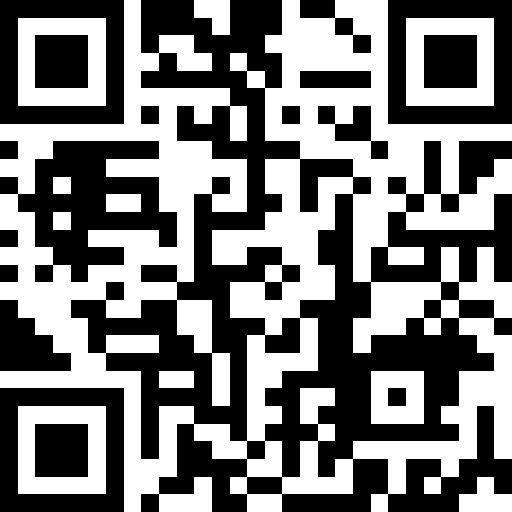Title Page
-
Site conducted
-
Conducted On:
-
Conducted By:
-
Location (i.e. Rusholme)
-
Specific Area Inspected (i.e. Wind Turbine Number / Workshop etc..)
-
Scoring Criteria
Compliant – No shortfalls identified, criteria met or standards required achieved
Partially Compliant – Minor shortfalls identified in the standard or requirement, minor opportunities for improvement identified and the standard is still to an acceptable level. (For Example -PAT Testing – Most items tested and in date however a few units have been missed)
Non-Compliant – The standard or requirement has not been achieved and deemed to be unacceptable. Immediate action is required to address the shortfall/s (Example – PAT Testing – Most items out of date and not tested) -
Have those working at height received appropriate training? (Evidence can be provided via WINDA or physical copies of training certificates. Are all relevant courses present and are they in date?)
-
Has access equipment been inspected as per manufactures recommendations? (PPE inspection records to be cross checked with relevant items)
-
Have all working at height risk been identified? (Task specific details captured within the RAMS, has this been discussed as part of a pre task brief)
-
Is there a suitable and sufficient risk assessment in place? (Task specific detail captured within the RAMS has this been discussed as part of the pre task brief)
-
Ladder inspection and records fixed and mobile (Are inspection tags attached and filled in correctly, are there statutory inspection records and have any defects identified been addressed within the timescale given at the inspection)
-
Has temporary access equipment been identified and inspected? (Is there an equipment list available, are inspection tags attached and filled in correctly, are there statutory inspection records and have any defects identified been addressed within the timescale given at the inspection, does it offer collective protection where practicable)
-
Has fixed access equipment been identified and inspected (Is there an equipment list available, are inspection tags attached and filled in correctly, are there statutory inspection records and have any defects identified been addressed within the timescale given at the inspection, does it offer collective protection where practicable)
-
Is portable access equipment stored in a safe and suitable location? (is this captured within the task specific details, are details available for storage locally)
-
Has portable access equipment been inspected in line with LOLER? (Has the equipment within statutory inspection date and is it colour coded in line with our in house procedures)
-
Are operatives trained to use the portable access equipment? (relevant certificates, proof of in house training or training from an accredited body)
-
Has a point of work risk assessment been completed? (POWRA filled in correctly, details of any unforeseen issues not captured within the RAMS)
-
Did it identify any additional work at height risks? (Have these risk been controlled and is there evidence in the POWRA record)
-
Was working at height covered in the pre-job brief?
-
Have all personal equipment checks been performed prior to use? For example harness (buddy checks, pre use inspection of kit)
-
Ensure that unauthorised access to work areas is prevented by use of suitable safety barriers, also lock and key control where necessary, and prominently displayed advance hazard warning signs at all access points.
-
EDF-R is the work supervised? (is it clear who is responsible, is there clear supervision of the on going task)
-
Has all items requiring a Stat inspection had one and is it in date?
-
Are all operatives aware of limitations of work and equipment
-
Fixed Collective protection handrails, flooring grates etc (is collective protection present where practicable)
-
Temporary Collective protection Scaffold etc (is the temporary solution suitable and sufficient, is there evidence of an in date inspection, who inspected it,)
-
Control of falling objects (Evidence of lifting zones being controlled, tethering and lifting bags etc)
-
Emergency arrangements (are emergency arrangements clear, is the relevant procedure available, do all working party members have means of communication)
-
Notes
-
Findings Discussed with the working party
-
Findings discussed with the Area Manager











